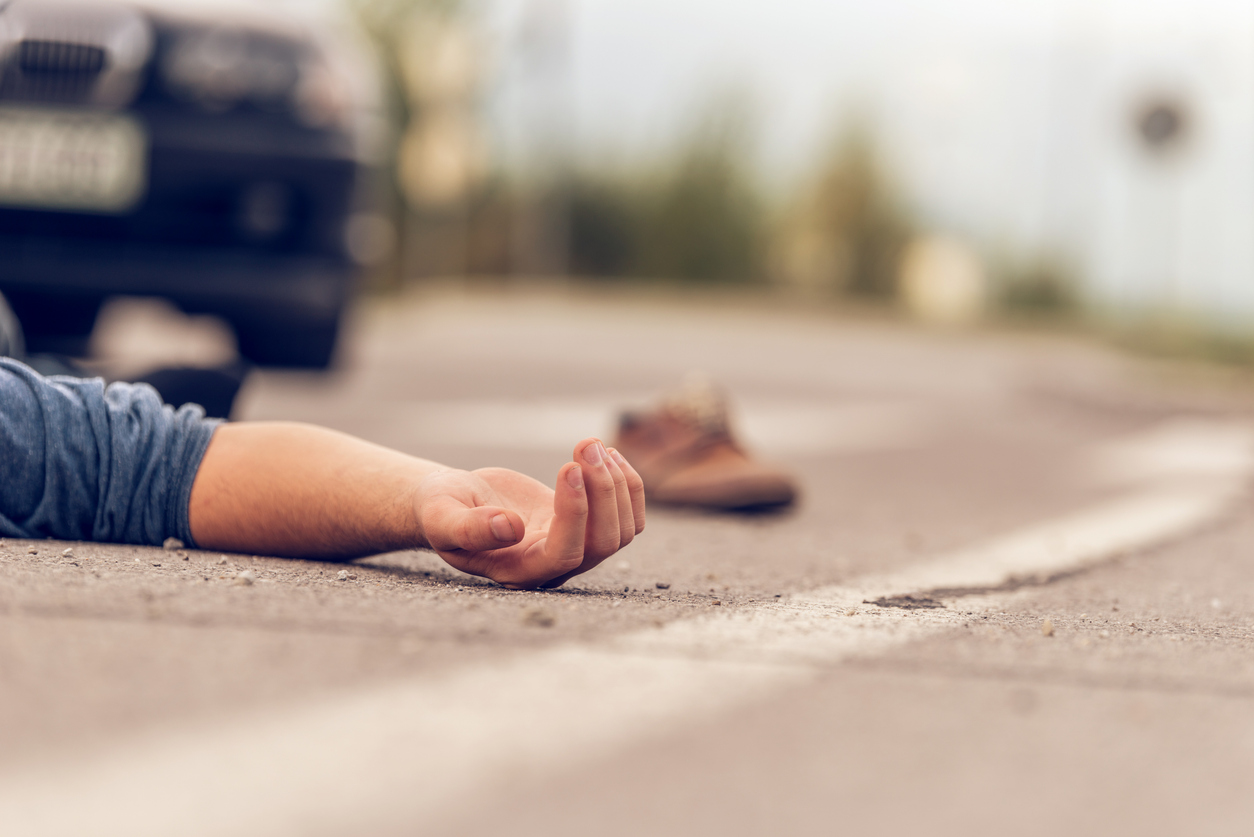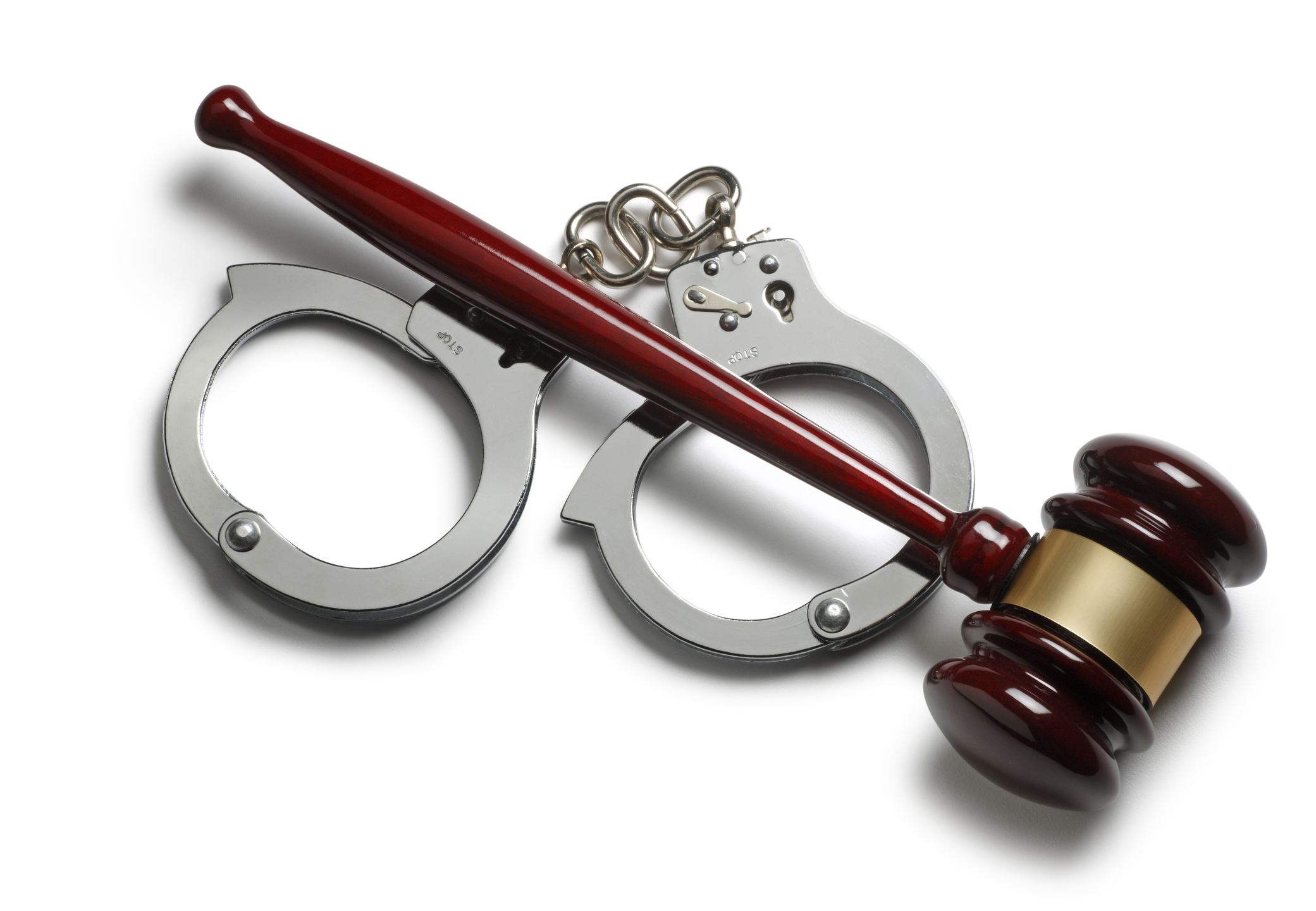Are Rideshare Drivers Subject to Any Requirements or Regulations in California?
Yes. Rideshares are included in a category of regulations affecting transportation network companies (TNCs), which are companies that use online platforms (websites or apps) to connect would-be riders with drivers who can transport them using their personal vehicles.
These companies are more commonly known as rideshares, and the two most well-known companies are Uber and Lyft.
In California, there are several legal requirements for both the TNCs and their drivers.
- Decals naming the company the driver is driving for must be displayed on the front and back passenger-side windshield.
- Drivers must be at least 21.
- Drivers must undergo background checks at least once a year.
- Drivers must undergo mandatory driver training programs.
- There must be accessibility plans for passengers with disabilities.
- Vehicles must be inspected every year or 50,000 miles, whichever is first.
- Drivers must not accept street hails.
- Drivers must not transport more than seven passengers at a time.
- Drivers must carry auto insurance minimums of $15,000 in bodily injury liability per person, $30,000 in bodily injury per accident, and $5,000 in property damage liability per accident.
Who Can Be Liable for an Accident Involving a Rideshare in Los Angeles?
It would seem likely that one driver would be clearly at fault in vehicle accidents. However, the reality is far more complicated. There are numerous reasons accidents happen; sometimes, multiple people are at fault, and sometimes, the fault may be due to a defective part in the vehicle or poor road signage rather than directly to a person at the time of the accident.
Any of the following may have some or all liability for the accident. This can be confusing and complex, and it’s one of the reasons it’s vital to work with an experienced rideshare accident attorney.
- Rideshare driver.
- Other driver(s).
- Rideshare company. This can be especially difficult as rideshare drivers are primarily considered independent contractors, not employees of the rideshare company. The rideshare company doesn’t always have the same liability in these situations that it would if the driver were an employee.
- Manufacturing or maintenance companies. Sometimes, the fault is in the vehicle due to a defect or improper maintenance (for example, damaged brakes).
- Government agencies. This may be due to poor road conditions, inadequate signage, or nonoperational traffic equipment (for example, broken traffic lights).
Another complexity is California’s comparative negligence law. When more than one person or entity is found liable for the accident, the liability may be divided among all parties considered at fault. For example, an Uber driver ran a red light and was struck by someone under the influence of alcohol who was speeding. Both drivers were each partly at fault. The court might say the Uber driver was 30% responsible for the accident and the other driver 70%. That may mean filing claims with more than one insurance company.
Do Rideshare Companies Also Carry Insurance, and Can I File Claims with Them?
It’s a possibility. For example, Uber carries up to $1 million in liability coverage. However, two conditions must have been present for someone to file a claim with them:
- The driver was actively using the Uber app.
- The driver was either on their way to pick up an accepted ride or already had the passenger in the car with them.
Other rideshares may have similar policies and requirements. It’s important to note that if one of the conditions listed above isn’t in place, Uber and other rideshare companies may not accept claims. For example, if you were rear-ended by an Uber driver who had their app on but wasn’t traveling to pick up a ride and didn’t have a passenger already in the car, it’s likely you’ll only be able to file claims through the driver’s insurance. That insurance is likely to have a much lower level of coverage than $1 million.
How Do I Go About Filing a Claim After an Accident with a Rideshare Driver?
You should take several steps, starting as soon as the accident happens (if you’re able).
- Call the police. A police report can be helpful in establishing liability.
- Contact the rideshare company. They need to be informed of the accident and any injuries or property damage that occurred.
- Contact an attorney. Because this can be so complicated, bringing in an attorney as soon as possible is highly advised.
- Collect evidence (which an attorney can assist you with). That could be photos or videos at the site of the accident showing the accident as well as potential causes such as nonoperational traffic signs or poor weather, getting footage from nearby security cameras, statements from eyewitnesses, medical records and bills, etc.
- Make claims before the statute of limitations runs out. In California, the victim must file claims within two years of the date of the accident, or they will likely be rejected.
What Should I Do if I Was Injured in a Rideshare Accident in Los Angeles?
Call California Legal Counsel at 866-691-2077 to schedule a free legal consultation. Being injured in any accident is traumatic. But being injured while a passenger in a rideshare is even more complex and can be frustrating. Our team of experienced, knowledgeable personal injury attorneys understands the complicated claims process when rideshares are involved. We can review the specifics of your accident and injury and help you understand what outcomes might be possible.




